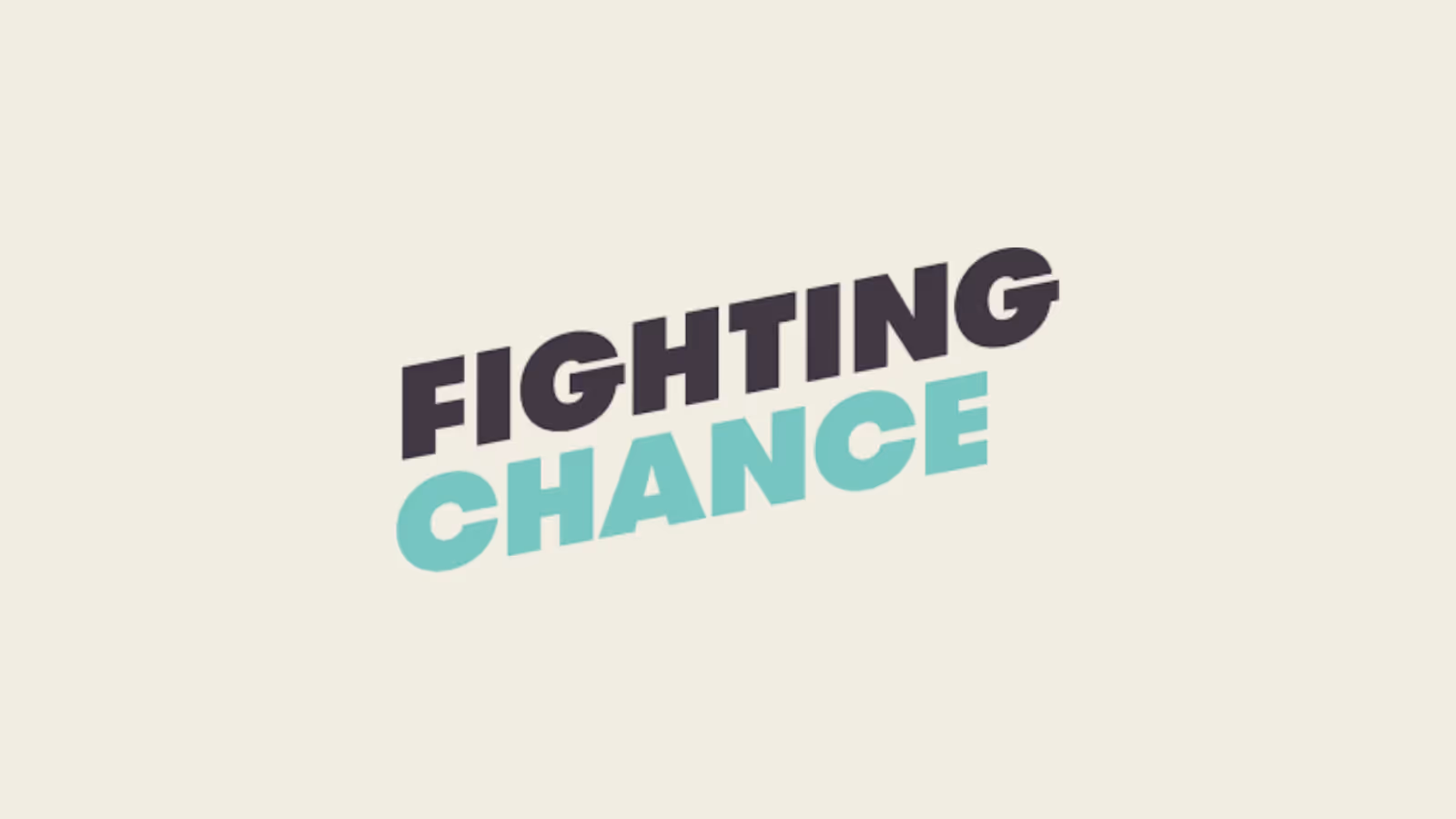Reducing Mental Health Stigma
Simple, actionable strategies for individuals and organisations to reduce mental health stigma.

Key takeaways
- Stigma prevents people from speaking openly and accessing support.
- It takes several forms, including public attitudes, self-stigma, and structural barriers.
- Stigma affects daily life through language, stereotypes, and social exclusion.
- Reducing stigma requires practical actions like education, person-first language, sharing stories, and early help-seeking.
- Workplaces play a critical role by building supportive cultures, training leaders, and addressing discrimination.
Mental health stigma stops people from speaking up and getting help. It shows up in workplaces, families, and everyday interactions.
Left unchallenged, it leads to silence, shame, and delayed support.
The good news? Stigma can be reduced. With small, consistent actions, we can create environments where people feel safe to ask for help.
What is mental health stigma?
Mental health stigma refers to negative beliefs, attitudes, or behaviours directed toward people experiencing a mental health condition. It creates judgement, shame, and exclusion, and often prevents people from seeking support or speaking openly. While attitudes to mental health have improved, studies show that rates of mental health stigma are still high both in public and the workplace.
What are the main types of mental health stigma?
Public stigma: This involves stereotypes and negative assumptions held by the broader community, such as viewing people with mental illness as weak, unpredictable, or dangerous.
Self-stigma
This occurs when a person internalises those negative stereotypes. They may feel ashamed, blame themselves, or believe they are less capable because of their mental health condition.
Structural or institutional stigma
This is stigma embedded within systems, policies, or organisational cultures. Examples include workplaces that discourage openness about mental health, limited access to support, or rules and practices that disadvantage people with mental illness.
How does mental health stigma show up in everyday life?
Stigma appears in everyday conversations through dismissive or harmful language, such as calling someone “crazy” or “unstable.”
It shows up in assumptions that people with mental health conditions are unreliable, dramatic, or exaggerating their symptoms.
It can also appear as social exclusion—avoiding someone, overlooking them for opportunities, treating them differently at work, or discouraging them from being open about what they’re experiencing.
Why does mental health stigma persist?
Stigma continues because misunderstandings and outdated beliefs about mental illness are still common.
How does lack of knowledge contribute?
When people don’t have accurate information, they rely on myths — such as seeing mental illness as a personal weakness or something someone should simply “get over.”
How do fear and stereotypes play a role?
Feelings of discomfort or fear can lead to stereotypes that people with mental health conditions are dangerous, unreliable, or unstable, even when these assumptions aren’t true.
What structural factors reinforce stigma?
Workplace norms, policies, and media portrayals can discourage openness, limit support, and reinforce negative attitudes, making stigma harder to challenge.
What is the impact of stigma around mental health?
Stigma can lower self-esteem, create shame, and push people into isolation. It often leads to avoiding or delaying treatment because of fear of judgement.
In workplaces and community settings, stigma contributes to discrimination, reduced opportunities, and exclusion, making it harder for people to participate fully or speak up about what they’re experiencing.
Strategies to Reduce Stigma Around Mental Health
For individuals
Educate yourself
Understanding the facts helps challenge myths and reduce harmful assumptions.
Use person-first language
Speaking in respectful, humanising terms reduces judgement and labels.
Share your story (if comfortable)
Open conversations can normalise mental health challenges and reduce shame.
Seek help early
Modelling help-seeking encourages others to do the same and reduces silence.
For workplaces and organisations
Build supportive policies and culture
Clear mental health actions and expectations create safer, more open environments. This includes providing access to workplace counselling and platforms like employee assistance programs.
Train managers and staff
Education helps people recognise issues, respond appropriately, and reduce fear of disclosure.
Encourage open dialogue
Regular, safe conversations help normalise discussing mental health at work.
Address structural barriers
Actively tackling discrimination, bullying, or exclusion removes systemic drivers of stigma.
For communities and society
Promote media literacy
Challenging harmful portrayals of mental illness helps shift public attitudes.
Support community education
Awareness campaigns increase understanding and reduce fear.
Encourage inclusive language and norms
Everyday environments that use respectful language help reduce stigma across all ages.
Sustaining change
Reducing stigma requires ongoing effort. Organisations can track progress through surveys, disclosure rates, and workplace culture metrics to understand how safe people feel speaking up.
Long-term change only happens through consistent action, not one-off events.
Leadership plays a key role by modelling openness, setting expectations, and ensuring accountability across teams.
Everyone has a role to play: individuals can challenge myths and use respectful language, workplaces can build safer cultures and clear policies, and communities can promote understanding and empathy.
Small, consistent actions make a meaningful difference—change begins with everyday conversations.
If you want to build a safer, more supportive workplace, consider introducing mental health training for your team.
The right training helps people recognise stigma, respond confidently, and create an environment where everyone feels comfortable asking for help.
Related Articles

Hello 👋 I’m Joel the founder of Foremind.
Are you ready for simplified support & compliance?
Latest insights
Answers to the frequently asked questions.
Still have questions?
Email us at enquiries@foremind.com.au and we'll get back to you quickly with a response
Yes, we have culturally competent counsellors available, including those able to work with first nation and CALD employees.
Onshore on secure AWS Servers in Sydney Australia. All data is encrypted in transit and at rest and our entire team is located in Australia.
Employees can access our platform on any device (mobile, laptop, desktop, etc.) as long you have the website link - no need to download any app on devices. You wouldn’t need to enrol any of your staff individually.- When we do our onboarding, we ask for the first name, last name and email of all your employees, and send out an email invite to all them which will allow them to create their own individual account to access the platform. For new staff we can also invite them or provide you with a unique link to embed in your onboarding process, whichever is more convenient for you. We also kick things off with a launch webinar or video to make sure everyone is aware of Foremind and how to use it. We’ll also provide you with any collateral such as posters, QR codes, brochures etc. to help drive awareness and encourage people to create an account in the platform.
The support line is answered by our reception service 24/7. It is for urgent platform or session-related issues only (e.g. *“My counsellor didn’t show”*) or helping staff create an account.






.avif)